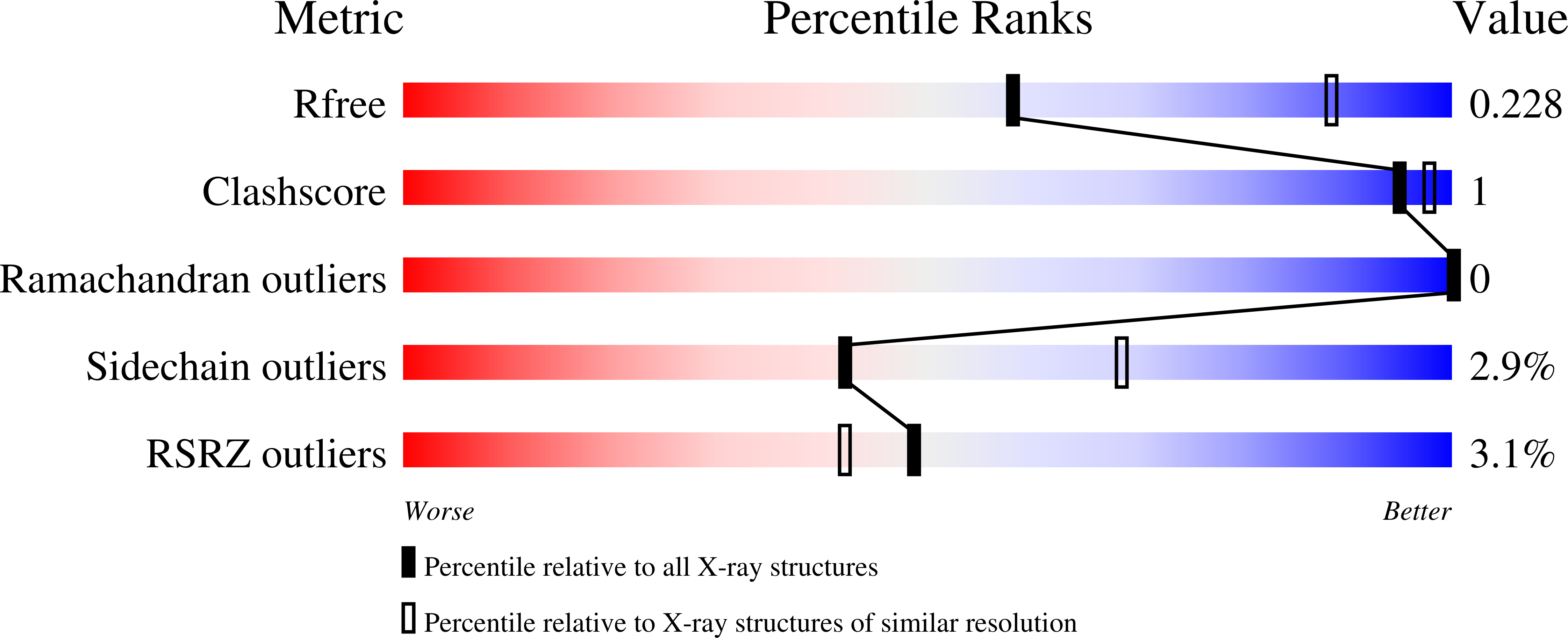Engineering a surrogate human heteromeric alpha / beta glycine receptor orthosteric site exploiting the structural homology and stability of acetylcholine-binding protein.
Dawson, A., Trumper, P., de Souza, J.O., Parker, H., Jones, M.J., Hales, T.G., Hunter, W.N.(2019) IUCrJ 6: 1014-1023
- PubMed: 31709057
- DOI: https://doi.org/10.1107/S205225251901114X
- Primary Citation of Related Structures:
5O87, 5O8T, 5OA0, 5OAD, 5OAJ, 5OAL, 5OAN, 5OBG - PubMed Abstract:
Protein-engineering methods have been exploited to produce a surrogate system for the extracellular neurotransmitter-binding site of a heteromeric human ligand-gated ion channel, the glycine receptor. This approach circumvents two major issues: the inherent experimental difficulties in working with a membrane-bound ion channel and the complication that a heteromeric assembly is necessary to create a key, physiologically relevant binding site. Residues that form the orthosteric site in a highly stable ortholog, acetylcholine-binding protein, were selected for substitution. Recombinant proteins were prepared and characterized in stepwise fashion exploiting a range of biophysical techniques, including X-ray crystallography, married to the use of selected chemical probes. The decision making and development of the surrogate, which is termed a glycine-binding protein, are described, and comparisons are provided with wild-type and homomeric systems that establish features of molecular recognition in the binding site and the confidence that the system is suited for use in early-stage drug discovery targeting a heteromeric α/β glycine receptor.
Organizational Affiliation:
Division of Biological Chemistry and Drug Discovery, School of Life Sciences, University of Dundee, Dundee DD1 5EH, Scotland.





















